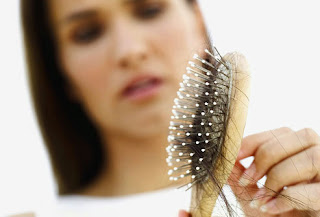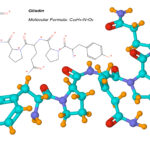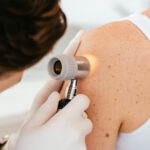Baldness is an issue most often associated with men, but women suffer from hair loss too. You may be surprised how prevalent this condition is. Hair loss can affect the entire body, and may be caused by genetics, side effects of medications, or due to physical or psychological ailments.
Research shows that as many as two-thirds of all women experience hair loss to some degree. You may notice strands of hair in the shower drain or caught in your hairbrush. It’s normal to lose 50 to 100 hairs a day, but when hair falls out in clumps or thins conspicuously, it may indicate a more serious medical condition.
Joseph B. Neiman, M.D., of Neiman Dermatology and Hair Transplantation, says, “Hair production occurs in cycles, much like a garden. When the soil conditions aren’t perfect, the garden can’t thrive. The same is true for your scalp. Medications, illnesses, infections, or chemicals used on the head or body can disrupt the cycle causing hair to stop growing properly. Most often women age 50 and older notice hair loss, but it can happen at any age.”
According to Dr. Neiman causes of hair loss can include:
* Telogen effluvium (rapid shedding) occurs after pregnancy, major surgeries or drastic weight loss, causing hair to shift more quickly from the growing stage (anagen) to the shedding stage (telogen). Typically, women experiencing this will notice hair loss between six weeks to three months after a stressful event.
* Hypothyroidism (underactive thyroid); causes hair loss because, in addition to regulating your basal metabolic rate, the thyroid is responsible for growth of hair, skin and nails. Blood tests can be ordered to test for hypothyroidism.
* Anemia which is caused by iron deficiency, results in insufficient numbers of red blood cells to transport oxygen throughout the body. It can cause weakness, pale skin, fatigue, headaches, and hair loss. Increasing iron in the diet through leafy greens, fortified cereals and beans can help.
* Skin conditions present on the scalp may cause hair loss. Psoriasis, seborrheic dermatitis (dandruff) and fungal infections can affect the skin on the scalp, and, in turn, affect hair follicles. A physical exam of the scalp can determine scalp health. A scalp biopsy may also help to determine the cause.
* Alopecia areata is an immune disease that affects about 2 percent of the American population and is characterized by small, round patches of hair loss. It is recurrent and is often associated with other autoimmune diseases such as diabetes and vitiligo (pigment loss)
* Androgenetic alopecia or genetic hair loss may also be a cause. If other women in your family have thinning hair most pronounced at the crown of the head or the front, you may have a higher risk than other women for losing hair.
* Beauty styling: Self-inflicted damage can lead to hair loss. Dyes, chemical treatments, styling tools and aides, and rough or aggressive brushing and/or blow drying can damage hair, causing breakage. Be gentle when toweling or styling hair to minimize hair loss.
Women experiencing hair loss can speak to a family doctor, who may suggest visiting a dermatologist who specializes in hair loss. Women can use wigs, hair extensions and other styling tricks to minimize the appearance of hair loss while they explore options in treatment. Another method available that many women use to PERMANENTLY reverse the effects of hair loss is hair transplantation. 5-10% of all hair transplants are performed on women. A free consultation by Dr. Neiman will determine if you are a good candidate for this procedure.
To find out more about this or other treatments, contact Neiman Dermatology and Hair Transplantation at (716) 688-0020 or go to www.neimandermatology.com.
WNY Resource
Neiman Dermatology and Hair Transplantation
Neiman Dermatology and Hair Transplantation
1140 Youngs Road
Williamsville, New York 14221
716.688.0020
www.neimandermatology.com
www.neimandermatology.com












